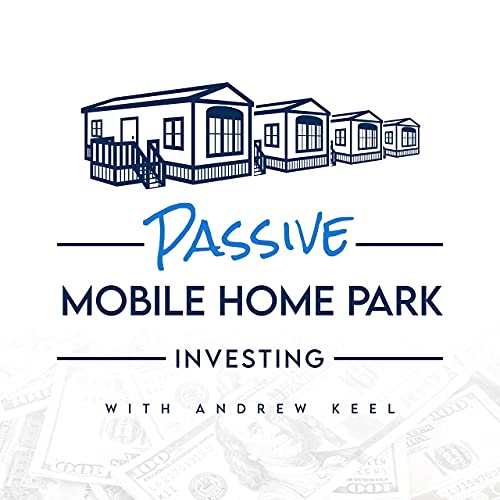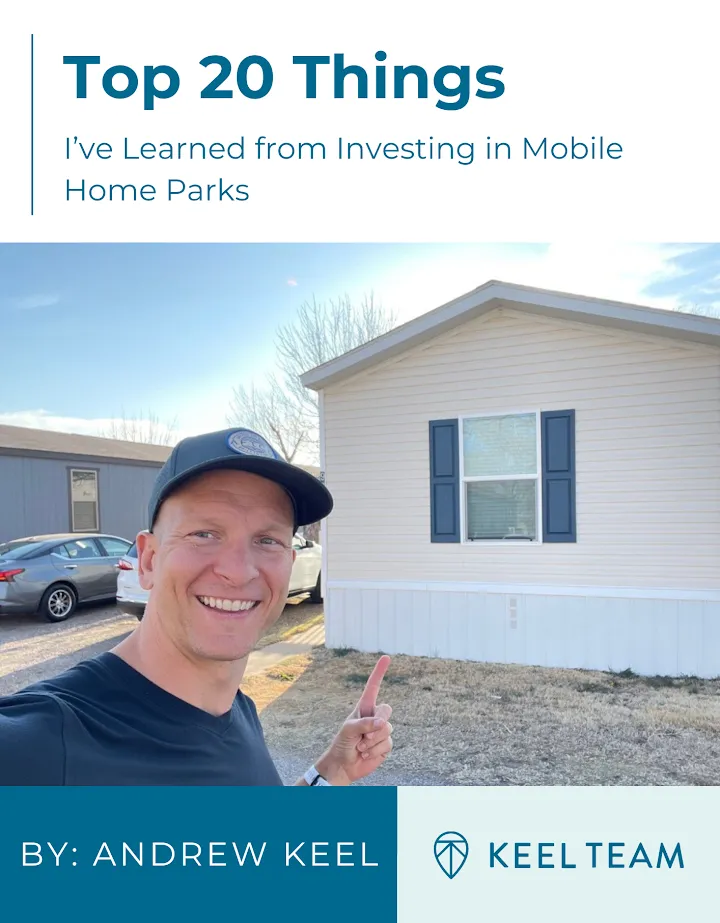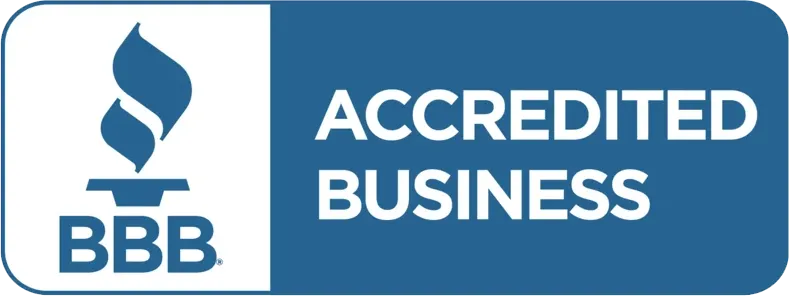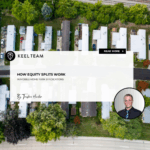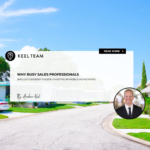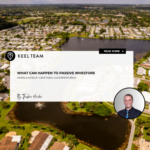What Makes a Mobile Home Park Deal “Value-Add”?
-
 Tristan Hunter - Investor Relations
Tristan Hunter - Investor Relations
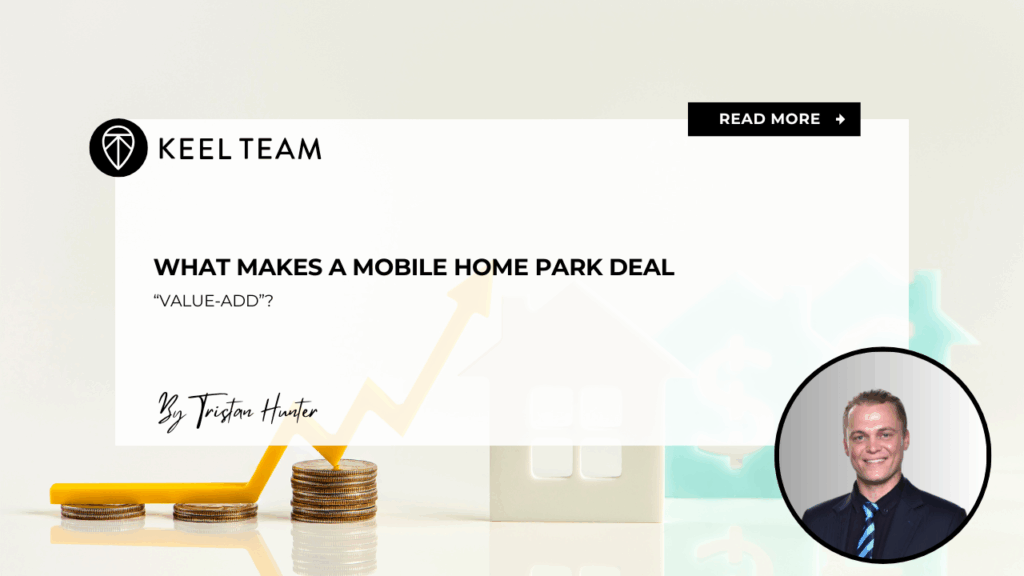
Investors often hear the term “value-add” when reviewing real estate opportunities, but what does it really mean in the context of mobile home park investing? A value-add mobile home park typically offers opportunities to increase income, improve operations, or enhance property appeal through active management and strategic upgrades. While not every property will follow the same path, value-add investing often focuses on unlocking potential that isn’t being fully realized. Below, we’ll explore what can make a mobile home park deal value-add, the types of improvements investors commonly pursue, and how these efforts might translate into stronger long-term performance.
Understanding the Concept of a Value-Add Mobile Home Park
A value-add mobile home park is one that has clear potential to perform better with operational, physical, or management improvements. Rather than relying solely on market appreciation, these investments aim to create value through proactive steps such as increasing occupancy, improving infrastructure, or optimizing expenses.
In simple terms, value-add strategies look for “underperformance” — areas where income can increase or costs can be reduced without major speculative risks. When executed carefully, these changes can help drive higher net operating income (NOI), which often supports stronger valuations over time.
Download our FREE eBook on the Top 20 things to know BEFORE investing in mobile home parks!
Why Investors Pursue Value-Add Opportunities
Value-add mobile home park investments attract investors because they combine stability with upside potential. Mobile home parks already benefit from long-term tenants, limited new supply, and demand for affordable housing. A value-add component adds another layer of opportunity: the chance to directly influence performance through improvements.
Some reasons investors may seek out value-add opportunities include:
- Control over results: Improvements are within the operator’s control rather than dependent solely on market trends.
- Potential for higher returns: Increased NOI can potentially lead to appreciation when cap rates are applied.
- Community impact: Upgrading infrastructure and management can enhance living conditions for residents.
- Scalability: Value-add systems—such as collections processes or infrastructure upgrades—can often be replicated across multiple properties.
While results vary and cannot be guaranteed, many investors view this approach as a way to combine predictable cash flow with targeted growth.
Identifying a Value-Add Mobile Home Park
Not every mobile home park offers a true value-add opportunity. The most successful cases tend to start with strong fundamentals: solid locations, healthy tenant bases, and operational inefficiencies that can be improved. When analyzing potential deals, investors often look for one or more of the following indicators.
1. Below-Market Lot Rents
One of the most common signs of a value-add mobile home park is below-market lot rents. If comparable mobile home parks in the same area are charging higher monthly rents for similar amenities, there may be room for gradual increases.
Responsible operators typically assess affordability before making adjustments. They also aim to improve the overall experience for residents—such as by upgrading utilities, paving roads, or adding community features—to justify any rent alignment.
2. Low Occupancy with Market Demand
A mobile home park operating below capacity can represent a significant opportunity if there’s local demand for affordable housing. Filling vacant lots with qualified residents can increase income without requiring new construction.
However, the feasibility depends on factors such as local zoning, utility availability, and demand within the market. Marketing, referral programs, and move-in incentives can sometimes help boost occupancy over time.
3. Poor Management Practices
Many mobile home parks were historically operated by long-time owners who managed them manually. While these owners often cared deeply about the property, systems such as accounting, collections, and maintenance scheduling may not have been optimized.
Professional management can create value by modernizing operations—introducing digital rent collection, standardized screening, and preventive maintenance programs. Even small operational improvements can sometimes lead to measurable results.
4. Inefficient Expense Structure
Value-add investors frequently analyze expense ratios. When expenses appear high relative to income, there may be opportunities to renegotiate vendor contracts, convert utilities to direct billing, or optimize maintenance processes.
For instance, if water or electricity is master-metered, sub-metering individual homes could encourage conservation and lower overall utility costs. Over time, these savings may contribute to improved NOI.
5. Deferred Maintenance or Outdated Infrastructure
Physical improvements are another common source of value creation. Potholes, aging water lines, or poor lighting not only affect resident satisfaction but can also deter prospective tenants.
Upgrading infrastructure—whether through road paving, water system replacements, or electrical improvements—can improve safety and reduce maintenance headaches in the long run. While such projects require capital, they may enhance both property value and community perception.
Common Value-Add Strategies for Mobile Home Parks
Once a value-add opportunity is identified, the operator’s strategy becomes key. Each mobile home park is unique, but the following are among the most common improvement paths investors pursue.
1. Rent Realignment
Gradual rent alignment remains one of the most direct methods of value creation. Rather than imposing sudden increases, many operators choose to adjust rents incrementally while improving property quality. Transparency and communication with residents help maintain trust during this process.
2. Occupancy Growth Initiatives
Bringing in new residents often involves creative marketing and logistical planning. Operators might partner with dealers to bring in new or refurbished homes, offer rental options for move-ins, or provide financing programs through third-party lenders.
Filling even a handful of vacant lots can significantly affect cash flow, given the recurring nature of lot rent.
3. Utility Optimization
Utility systems are a major operating expense. Sub-metering, leak detection, and infrastructure upgrades can all contribute to better efficiency. Some operators explore modern solutions such as smart meters or remote monitoring for water systems to catch issues early. Billing back utilities to tenants is also common and can free up expenses and increase NOI potential.
4. Improving Collections and Reducing Delinquencies
Timely rent collection is essential to consistent performance. Introducing online payment options, clear communication, and fair but firm enforcement policies can improve collection rates.
Professional management also helps track performance metrics and identify issues before they escalate.
5. Enhancing Community Appearance
Curb appeal can have a powerful influence on both residents and prospective tenants. Landscaping, signage, lighting, and common-area improvements can all contribute to a more attractive environment.
These upgrades often help justify rent increases and foster pride of ownership among residents.
6. Adding Amenities or Services
Some operators add low-cost amenities that improve livability, such as picnic areas, playgrounds, or dog parks. Others may introduce optional paid services like trash collection, lawn care, or Wi-Fi.
Each property’s demographics and local market conditions guide which amenities are most effective.

The Financial Impact of Value-Add Improvements
Value-add improvements primarily aim to increase a mobile home park’s net operating income (NOI). Because commercial properties are typically valued based on income rather than comparable sales, small changes in NOI can influence overall valuation.
For example, if NOI increases by $50,000 annually and the market capitalization rate is 7%, the potential increase in value could be around $714,000 ($50,000 ÷ 0.07).
Of course, these results depend on actual execution, market stability, and many variables beyond an investor’s control. However, this example highlights why many investors find value-add strategies appealing—the relationship between operational performance and asset value can be powerful when managed effectively.
Balancing Risk and Reward
While the upside of value-add mobile home park investing can be compelling, it’s not without challenges. Renovations, management transitions, and infrastructure upgrades take time and capital. Delays, cost overruns, or market changes can affect outcomes.
Successful value-add operators often plan conservatively, build contingency budgets, and focus on execution discipline. They also maintain strong communication with investors and residents throughout the process.
In short, the most sustainable results usually come from balancing financial goals with community improvement. When residents experience tangible benefits, performance improvements often follow naturally.
The Bigger Picture: Creating Long-Term Value
At its best, a value-add mobile home park deal can align the interests of investors, operators, and residents. Investors may benefit from potential income growth and appreciation, while residents enjoy better living environments and more reliable management.
Over the long term, communities that are well-maintained and professionally managed tend to attract stable tenants and reduce turnover. These operational benefits can reinforce financial stability, supporting the broader goal of sustainable affordable housing.
Final Thoughts
A value-add mobile home park deal isn’t defined by a single factor—it’s the combination of opportunity, execution, and community focus. Whether through better management, physical upgrades, or operational efficiencies, the objective is to unlock potential that may already exist within the property.
While outcomes always vary and nothing is guaranteed, value-add investing offers a framework for active improvement rather than passive speculation. For investors seeking both purpose and performance, understanding what makes a mobile home park deal truly value-add can be the first step toward building communities that thrive for years to come.
Are you looking for MORE information? Book a 1-on-1 consultation with Andrew Keel to discuss:
- A mobile home park deal review
- Due diligence questions
- How to raise capital from investors
- Mistakes to avoid, and more!
Disclaimer:
The information provided is for informational purposes only and is not investment advice or a guarantee of any kind. We do not guarantee profitability. Make investment decisions based on your research and consult registered financial and legal professionals. We are not registered financial or legal professionals and do not provide personalized investment recommendations.

Tristan Hunter - Investor Relations
View The Previous or Next Post
Subscribe Below 👇
